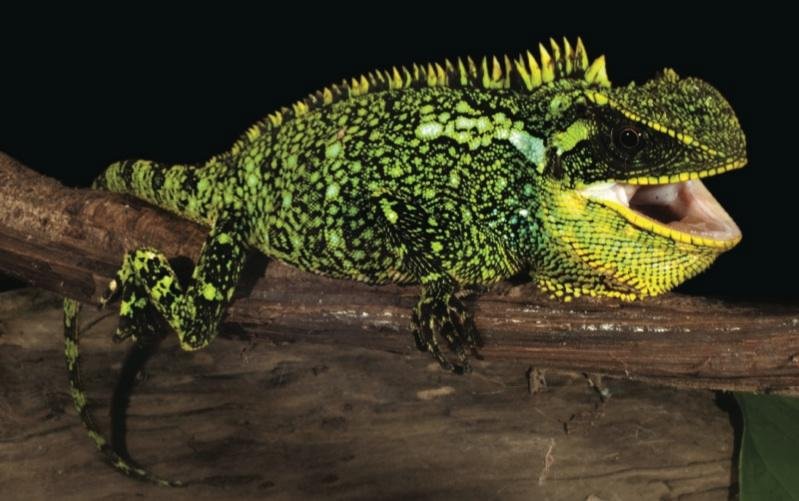Peru is investigating the deaths of at least 10,000 Titicaca water frogs in a river north of Lake Titicaca in the southern state of Puno.
Environmental activists brought 100 of the dead frogs to the central plaza of Puno to call attention to the problem. Peru’s forestry service, Serfor, then issued a statement saying that up to 10,000 of the endangered frogs may have been killed in a 30-mile area of the Coata River, a tributary of the 22,000-square-mile Lake Titicaca.
“I’ve had to bring them the dead frogs. The authorities don’t realize how we’re living,” activist Maruja Inquilla told AFP. “They have no idea how major the pollution is. The situation is maddening.”
The statement by Serfor indicated that in the agency’s collection of a sample of 500 frogs, researchers witnessed seagulls feeding on the dead frogs and collected samples of sewage in the river.
Last October Inquilla accused Coata district mayor of holding up a sewage plant to treat the river water contaminated by sewage emitted by the nearby city of Juliaca.
“[The Titicaca water frog is] listed as Critically Endangered because of an observed serious population decline, estimated to be more than 80% over the last three generations, due to over-exploitation, habitat degradation and invasive species,” reads the IUCN Red List on Threatened Species’ profile on the Telmatobius coleus species.
“The main threat is the pollution by sewage being discharged into the lake, always increasing with the population,” Carlos Paucar writes in a 2012 report for La Republica. “Even solid waste is deposited, which reduces the oxygen in the water.”
Paucar cites other threats as tourism boats affecting the frogs’ habitat, the emergence of invasive species such as trout which eat the frog’s eggs and hunting for human consumption in regional dishes as well as to be sold in extracts in coastal cities and in Lima. Sometimes called “Peruvian Viagra,” the frog is believed to have aphrodisiac properties.
Weighing up to two pounds, the Titicaca water frog is the world’s largest aquatic frog and is found only in Peru and Bolivia around Lake Titicaca. It is recognized by the excess skin around its neck which helps it breathe.
Sources
Puno: Serfor investiga muerte de más de 10,000 ranas en río Coata (Andina)
Peru investigates death of 10,000 Titicaca water frogs (BBC)
Maruja Inquilla: “alcalde de Coata no tiene capacidad” (Correo)
Los peligros que enfrenta la Rana Gigante del Titicaca (La Republica)
Telmatobius coleus (IUCN)










